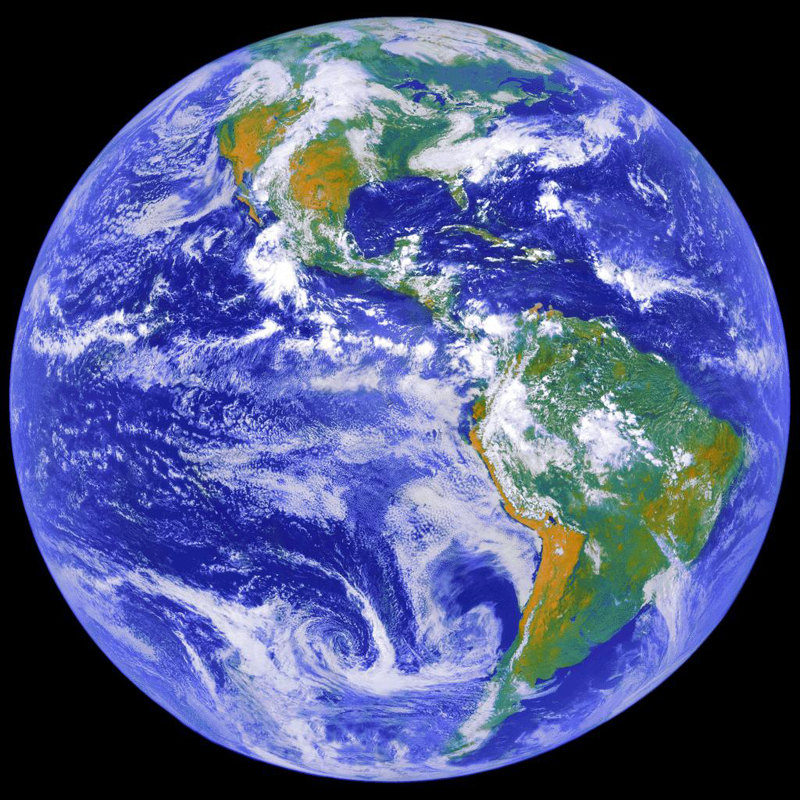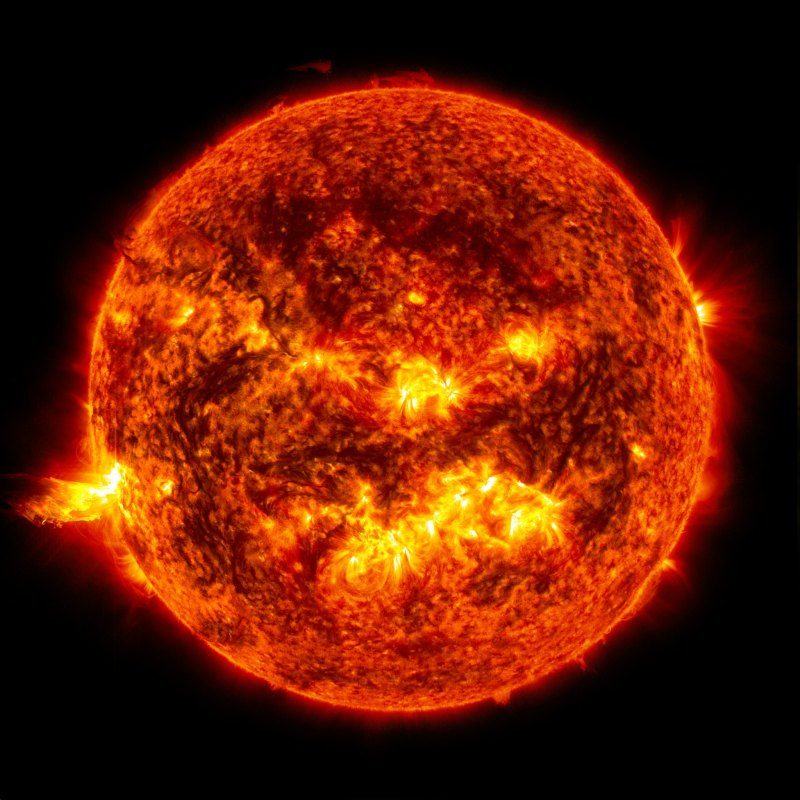The Australian National University team found Earth was made of the same elements as the sun, but compared to the star at the centre of the solar system, our planet had less of the volatile elements like hydrogen, helium, oxygen and nitrogen.
Dr Haiyang Wang led the study, which made the most comprehensive estimate yet of the composition of Earth and the sun.
He said the researchers carried out the work as part of their aim to create a new tool that could measure the elemental composition of other stars and the rocky planets that orbit them.
"The composition of a rocky planet is one of the most important missing pieces in our efforts to find out whether a planet is habitable or not," Dr Wang said.
Other rocky planets in the universe, like Earth, are de-volatised pieces of their host stars.
To investigate the similarities between Earth and the sun, the university's research team compared the composition of Earth rocks with meteorites and the sun's outer shell.

"There is a remarkably linear volatility trend that can be used as a baseline to understand the relationships between meteorite, planet and [star] compositions."
Associate Professor Charley Lineweaver, one of the study's co-authors, said every star had some kind of planetary system in orbit around it.
"The majority of stars probably have rocky planets in or near the habitable zone," he said.
In 2017, Associate Professor Lineweaver said Earth's most abundant elements - iron, oxygen, silicon and magnesium - made up more than 90 per cent of the planet's mass.
However, drilling had only scratched the surface, going 10 kilometres through Earth's 6400-kilometre radius, making it difficult to determine exactly what our planet was made of.
The new research, which will be published in the international journal Icarus, comes nearly six years after a team of international scientists discovered the Earth's inner core was about 1000 degrees hotter than previously thought.
At 6000 degrees Celsius, the planet's internal engine is as hot as the surface of the sun.




[Link]